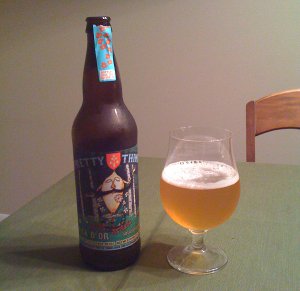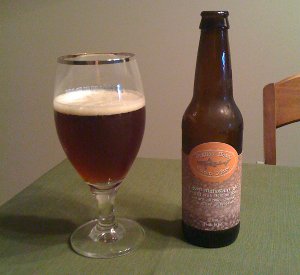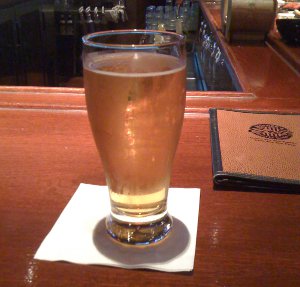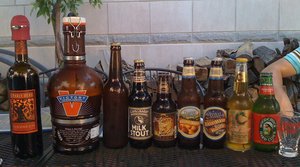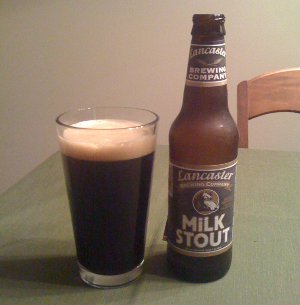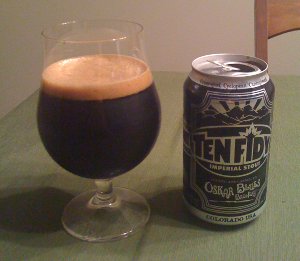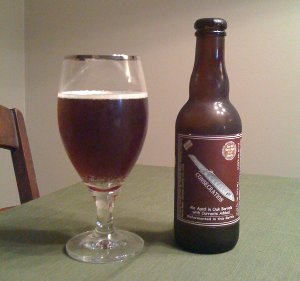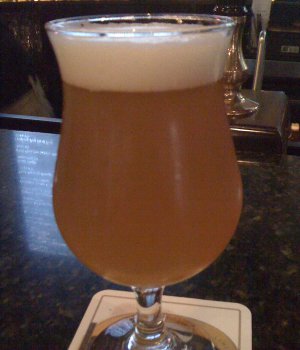I’ve only had a few beers from Southern Tier, but damn, they really seem to like making sweet beers. Sometimes this really works for them – their Creme Brulee Stout is amazingly flavorful, for instance, and something of an inspiration for my latest homebrew attempt (though it’s not even close to a clone, their beer emphasizes the same things I wanted to emphasize with mine). It’s also tremendously sweet, and drinking the entire 22 ounce bomber by yourself is not recommended (splitting it 3 or 4 ways would be ideal). Their Unearthly IPA actually manages to balance its huge sweetness out with massive helpings of hops… though again, I’m not sure drinking the entire bomber is an advisable option. Unfortunately, they can’t all be winners:
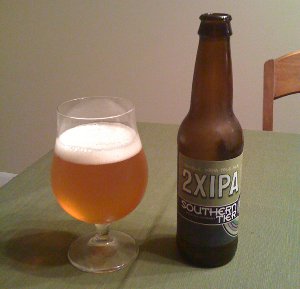
Southern Tier 2XIPA – Pours a clear golden color with a finger of fluffy head. Smells very sweet, with some pine and hop resin apparent. Tastes extremely sweet with just a little bitterness apparent in the finish and aftertaste. Carbonation is good and the body is full, but the overpowering sweetness makes it too syrupy and slick. It’s not the worst beer ever or anything, but the sweetness quickly gets cloying, and the lack of bitterness to offset it is a bit weird for the style. It comes off as complex but unbalanced. Who knows, maybe I got an bad/old bottle or maybe I just was in a bad mood or something. I should probably try it again sometime, but quite frankly, I don’t see it happening anytime soon. C+
Beer Nerd Details: 8.2% ABV bottled (12 oz.) Drank out of a tulip glass on 8/1/11.
I do look forward to trying more of their beers (on the short term radar: Gemini and Pumking), and I also keep a bottle of the Creme Brulee Stout around, just in case I want to wow some friends who think they don’t like dark beers because they’re too bitter and/or roasty.
